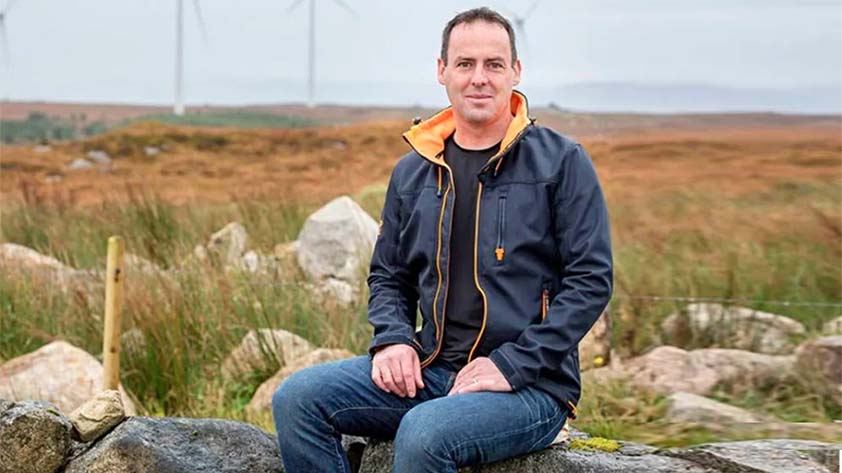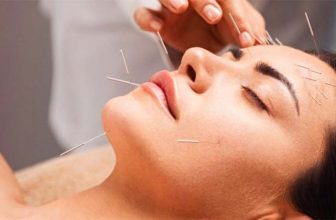
Patrick McKeown is a breathing instructor and best-selling author of the books, The Oxygen Advantage and The Breathing Cure. His breathing methods aim to teach people how to breathe correctly in their daily lives. He believes that society is breathing itself into a ‘sick state’.
Previously Patrick had had severe health issues and realized he needed to fix these issues and began using breathing techniques as his medicine. Curious as to why this isn’t being taught in schools? You should be! Follow on for Patrick McKeown: 5 Lessons about Breath that We Can Learn from Him!
1. Aim to Slow Your Breath Down
In Patrick McKeown’s profession, he addresses mental health concerns. He acknowledges that people should focus on their speed of exhalation to relieve stress.
He says that if stressed, don’t breathe out fast because the fast exhalation tells the body it is panicked. When a person breathes out slowly, it calms them, almost like a ‘hardwired’ response to calm situations. The faster breaths make the brain believe the body is under threat.
We stimulate the Vagus nerve by taking a slow and gentle breath, secreting the neurotransmitter acetylcholine, which plays a vital role in the central and peripheral nervous system. The brain interprets the slow, gentle breath as in the body is safe.
2. Breath Can Affect Memory
Patrick McKeown’s book, Atomic Focus, discusses that traditional education does not give us the skills to manage our studies properly. In Atomic Focus, he addresses how to change your mental state on command.
Patrick left school at an ‘early’ age, although he is now comfortable with his career. He realizes his breathing methods were setbacks during his younger years, as he had sleep disordered breathing.
Patrick says a high concentration level is needed to do well academically. He recognizes that education doesn’t teach about concentration and the effects breathing has on it. Patrick now realizes that optimum sleep quality is vital for him.
3. Nasal Breathing is Essential for Good Health
Mouths are not ideally suitable for breathing techniques, Patrick McKeown suggests. He says ‘nose breathing’ is natural for destressing. Nose breathing increases the body’s oxygen by 10%, promoting a more suitable airflow into the body.
When we increase our breaths, it helps to release carbon dioxide, which helps relax muscles throughout the body, and it also regulates blood PH. Carbon dioxide also assists in stimulating the Vagus nerve in our bodies.
People with anxieties can experience air hunger, exhibiting upper chest breathing and a greater diaphragm breath. People can receive sufficient long-term results with nose breathing, while mouth breathing has undesirable outcomes.
The body finds it hard to deal with long-term stress. But nose breathing is a technique that individuals should learn to adopt into their lifestyles to help them cope with stress.
4. Walking Can Trigger Us to Breathe Better
Patrick McKeown considers walking as ‘the best breathing technique’. When our mouths are closed, carbon dioxide increases in the blood, and during these walks, we feel an ‘air hunger’, in which we strive to accumulate more air into our systems. As a result, it forces the carbon dioxide to produce more in our bodies, improving circulation while strengthening the diaphragm.
If the diaphragm is working consistently, it stabilizes the spine, and Patrick has noticed that 50% of people with back pain have dysfunctional breathing. While various conditions may add to lower back pain, often, the spine doesn’t get enough stabilization. This shows the benefits of walking with a closed mouth and breathing through the nose.
5. The Stressed Body can Heal itself through Breathwork
A high heart rate variability is better than a comparable low heart rate. A high heart rate shows that the body can adapt to circumstances. Interestingly, the Vagus nerve is more important than previously thought by the public. Exercise can increase Vagus nerve activity while improving heart rate activity. If the Vagus nerve is stimulated correctly, it prevents inflammation.
Asthma may be preventable using breathing techniques, as sleep is essential for the condition. As people adjust their breathing patterns, they can treat inflammation of the airways in asthmatic conditions.
Patrick agrees that more research should be done in conjunction with asthma, but he does not deny the health benefits of breathing techniques. Using breathing techniques to heal asthma is an example of the importance of these methods.
Patrick’s strategies have been used to address many various health issues.
You might also want to check out Breath Magic which has a foreword by Patrick McKeown. It effectively condenses down into just a few short pages a technique that you can start using immediately to start realizing physical, emotional and mental benefits within just 10 minutes!
Could breathwork be the medicine of the future, and be used to prevent health problems? How valuable do you think breathwork practices can be? Please share your thoughts in the comments below, and join in the conversation on Facebook, Twitter, & Instagram!









